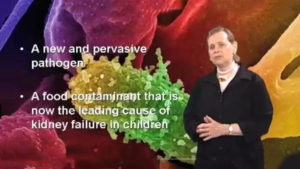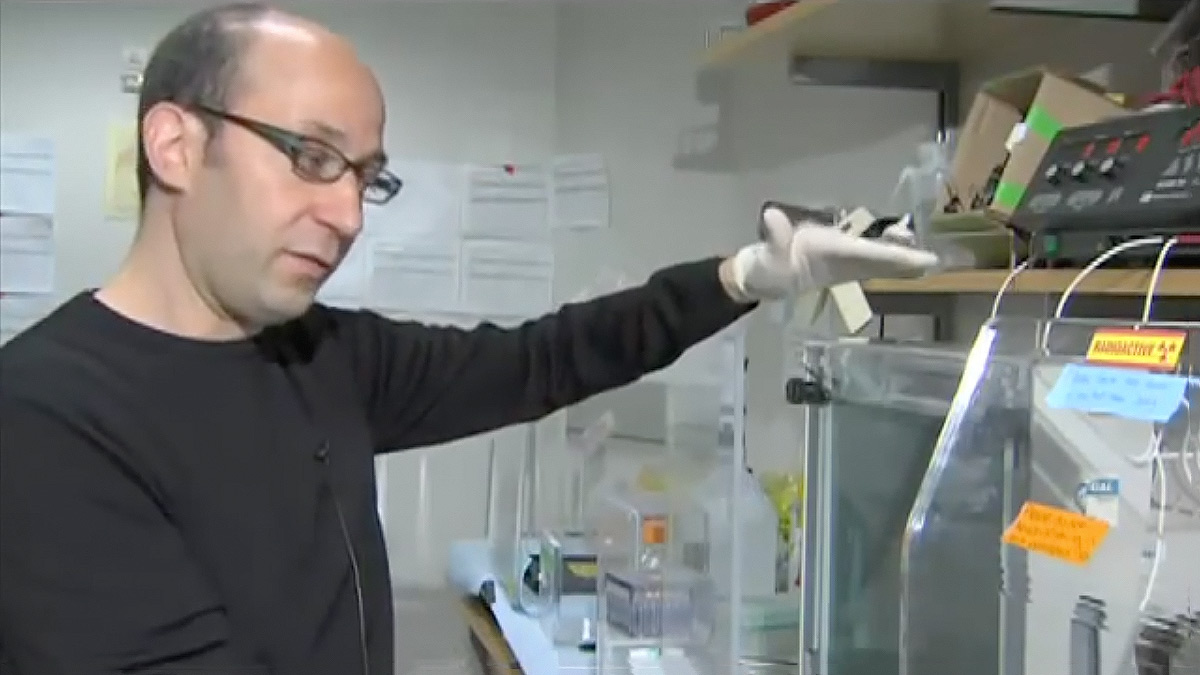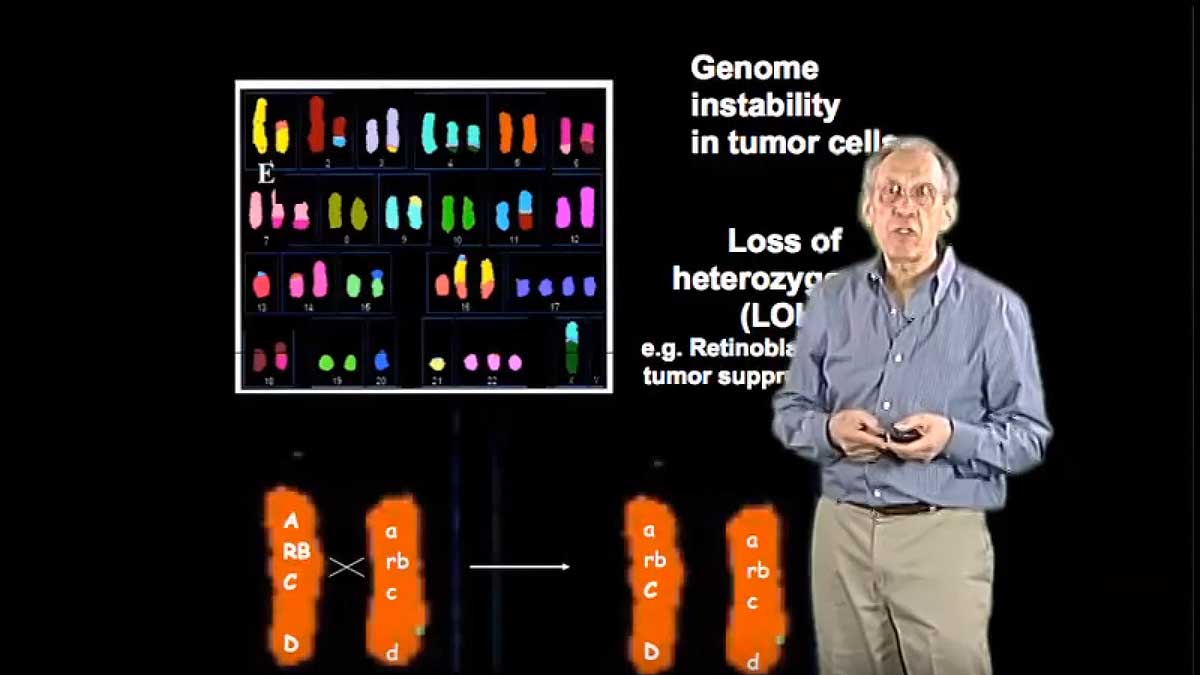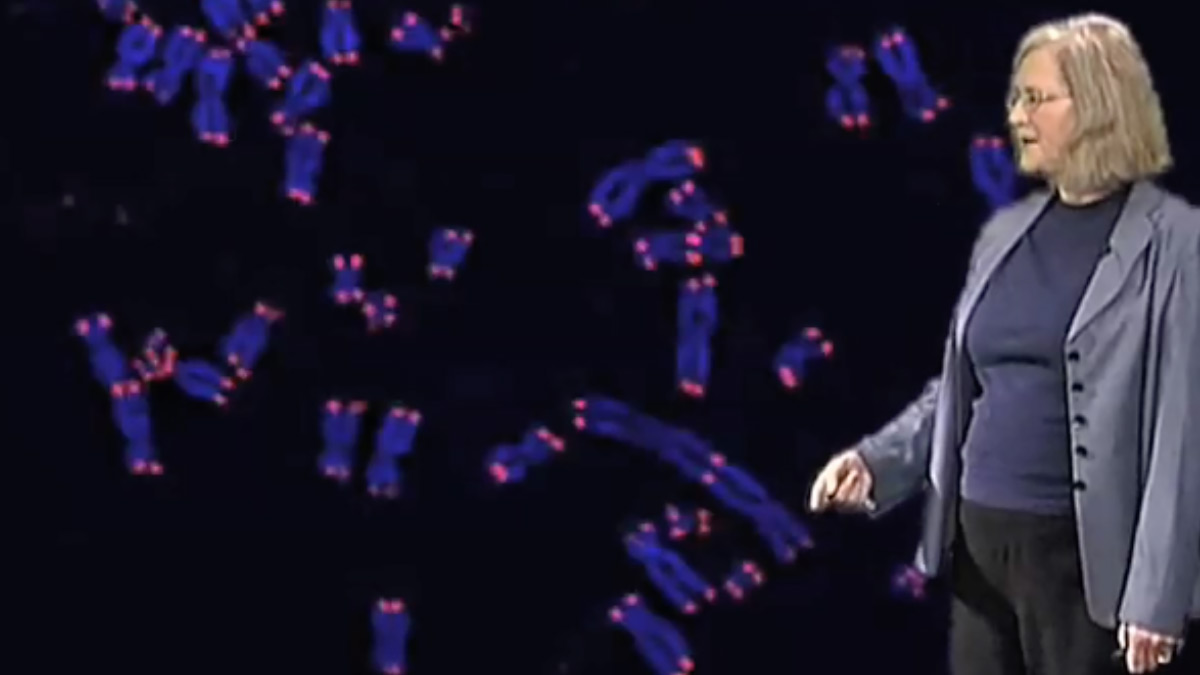Talk Overview
Most bacterial cells have their genes arranged in a single circle of DNA. The circle of DNA plus some attached proteins is referred to as the bacterial chromosome. Up until quite recently, it was thought that the chromosome in the tiny bacterial cell resembled a tangled ball of yarn. It is now known that multiple factors cooperate to condense DNA into a highly dynamic assembly of supercoiled loops. Although there is variability in the lower levels of chromosome structure, the global arrangement of DNA within the cell is conserved, with individual loci arrayed along the long axis of the cell in line with their order on the genetic map. This order is maintained and propagated during DNA replication. Upon duplication of a given segment of the chromosome, it is immediately released from the replisome (the DNA replication machine) and it moves rapidly to its conserved position in the incipient daughter cell compartment. Partitioning of the bacterial chromosome thus takes place while DNA replication is in progress. Furthermore, it is becoming clear that the bacterial cell is highly organized, presenting new challenges and opportunities for the design of new antibiotics.
Many antibiotics, which we have taken for granted since the 1950’s, are now becoming ineffective because bacteria have developed ways of acquiring resistance. The development of new antibiotics is lagging behind the loss of the old ones in this race to combat infectious disease. Simultaneously, there is an increase in infectious diseases around the world due to overpopulation, globalization and urbanization. This results in a lethal combination of emerging diseases and loss of effective antibiotics. Multiple factors have contributed to this escalating scenario. The world is now a global village, there is a loss of control of national borders, there are significant populations of aging and immuno-compromised people, there are drastic changes in global ecology, and migration pathways of animal and insect vectors are changing due to urbanization and global warming. Large networks of epidemiologists and scientists worldwide are now working to coordinate detection, diagnosis and treatment of infectious disease flare-ups in order to contain the threat of epidemics.
Speaker Bio
Lucy Shapiro

Lucy Shapiro holds the Virginia and D.K. Ludwig Chair in Cancer Research and is the Director of the Beckman Center for Genetic and Molecular Medicine at Stanford University. She received her Ph.D. in Molecular Biology from the Albert Einstein College of Medicine. She joined the faculty at Stanford University School of Medicine in 1989 and… Continue Reading











Leave a Reply